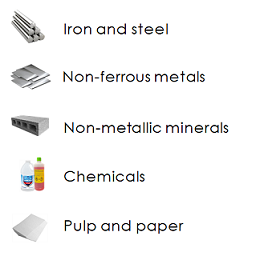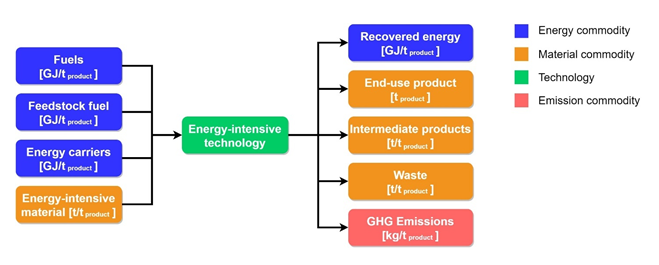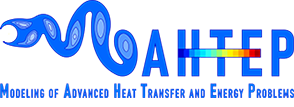Techno-economic characterization of industrial technologies
In the context of strategical planning in support of the energy transition, industry plays a key role, producing alone more than 20 % direct global emissions, thus the adoption of low-carbon technologies in this field is crucial to reach ambitious environmental goals. An important tool in building long-term environmental strategies is scenario analysis, often built through quantitative bottom-up models, among which the TIMES model generator. However, the quality of the results strongly depends on the level of detail of the dataset it can rely on.
The characterization of energy-intensive technologies relies on the analysis of empirical data, for which the source is typically non-transparent. If, on the one hand, there is widespread lack of open source databases for energy-economic models, on the other hand there is a strong call for open data and software in the energy field, especially concerning innovative technologies.
We focused mainly on 5 energy-intensive industrial subsectors:

In the macro-scale energy models of the TIMES framework, energy-intensive industrial processes are characterized in full detail through their technical, economic and environmental features, according to the structure in Figure 1.

Figure 1. General structure of an energy-intensive industrial technology.
Each technology is characterized by technical factors, such as its energy input requirements, the starting date for the availability of the technology in the production system, the plant lifetime and the availability factor, by economic factors, such as investment cost and annual fixed O&M costs, both given in $/t of final product. In the 5 most energy-intensive industry subsectors, a total of 65 technologies have been reviewed and carefully modeled, spanning from mature, traditional technologies to cutting-edge ones.

